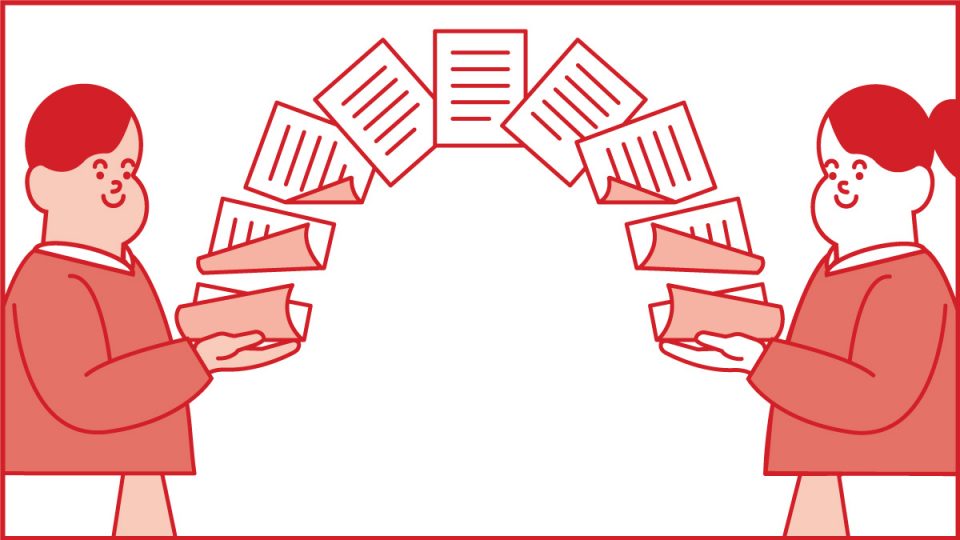Get more! Sign up for PLANSPONSOR newsletters.
Will DB Plan Sponsors With Overfunded Plans Consider Reversions?
Opportunities may arise for plan sponsors to take advantage of excess pension assets, but taxes must be considered.
Plan sponsor Eastman Kodak Co. last week announced it is outsourcing management of its defined benefit pension assets and said it was considering all possible opportunities for the company to take advantage of the excess funding, beyond what is estimated needed for benefits payments.
Kodak’s funded ratio stood at 145% as of June 30, 2023, up from roughly 93% a decade earlier. Kodak’s defined benefit plan is overfunded by approximately $1.2 billion, according to information that the company had provided last year to Chief Investment Officer, a sister publication to PLANSPONSOR.
While Kodak did not publicly confirm it plans a pension reversion, in which a plan sponsor takes ownership of excess pension assets, Bloomberg reported last week that a reversion transaction was under consideration.
U.S. corporate pension funds are at all-time high funding levels, driven by strong equity returns and elevated interest rates, according to several corporate pension trackers. With many of these pension trackers showing average funded status of the largest corporate DB plans as greater than 100%, discussions on how to manage that surplus are likely happening at many companies.
“U.S. corporate pension plans have maintained their overfunded status for 14 consecutive months since early 2023.” said Ned McGuire, managing director at Wilshire in the firm’s February U.S Corporate pension plan funding status update.
Tax Considerations for Reversions
Companies that undergo a reversion process could be subject to a 50% federal tax bill, which could climb as high as 80% to 90% of the pension surplus when adding local and state taxes, says Zorast Wadia, a principal in and consulting actuary at Milliman Inc.
Still, there are processes that would relieve a company of this tax burden during a reversion process, including using some of the surplus assets to increase benefits for plan participants and beneficiaries, Wadia says. Doing this could reduce the federal tax rate to 25%.
A company could also choose to share the entire surplus with its pension participants and beneficiaries, which would not subject the surplus to any tax.
Without these tax strategies, a reversion could simply be too costly. With a pension surplus of $1.2 billion, Kodak could forgo up to $960 million to taxes, assuming a tax rate of 80%.
Other Options?
Will more companies opt for pension reversions? Not likely, Wadia says, due to the significant tax hurdles.
Companies are more likely to reopen their DB plans, rather than undergo reversion, Wadia says.
“That’s not to say that sponsors adopting DB plans is going to happen en masse either, but I would think that it’s more likely for … the sponsor to restart the defined benefit plan, rather than focus on capturing the after-tax portion of whatever’s left of the regression.”
IBM announced in 2023 that it will end corporate contributions to the company’s defined contribution plan and instead reopen its cash balance defined benefit pension fund.
You Might Also Like:
Corporate Pension Plans Hit Highest Funding Levels in Decades
Unisys Completes Latest in Series of Pension Annuitizations
Corporate Pension Funding Hits Best Levels in Decades
« Australia’s Government Pledges to Require Retirement Contributions on Paid Parental Leave



